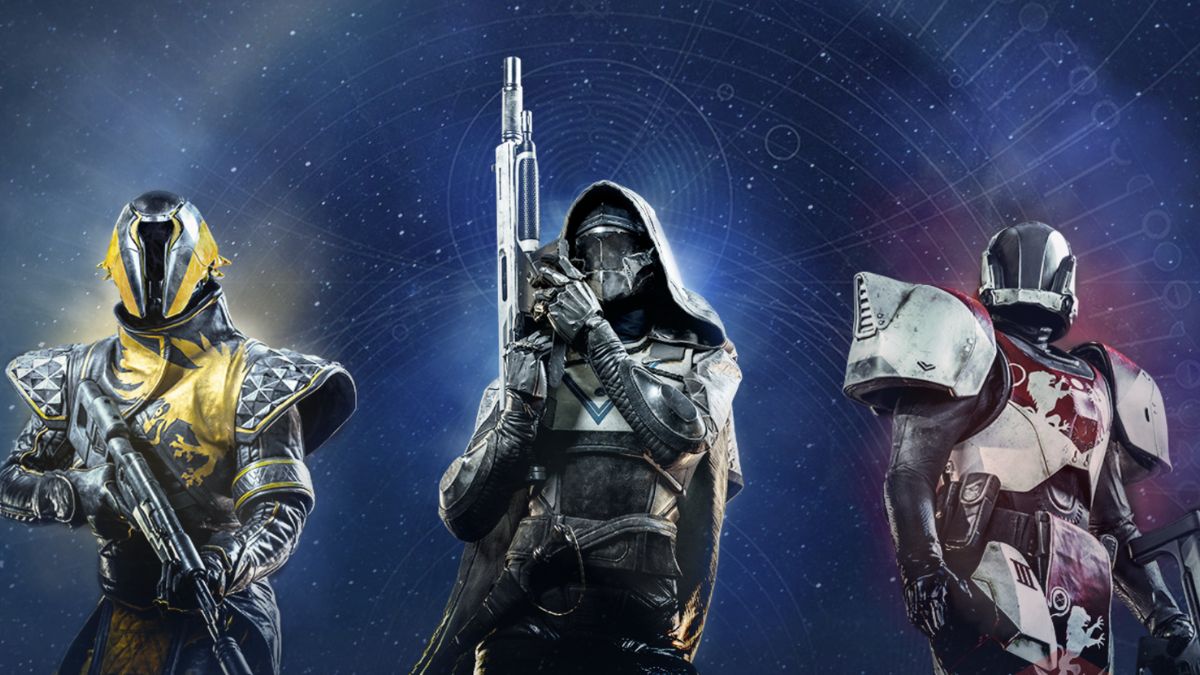Destiny 2 was the successful followup of Destiny, a game that took the looter shooter category by storm and was a great experience from the very capable developer of Bungie. However, with microtransactions being everywhere, is Destiny 2 pay-to-win?
Destiny 2 is not pay-to-win as you don’t gain an advantage by pumping money into it through the shop. However, the free version of the game is quite limited in content, so you do need to purchase the game and add-ons to get the most out of it.
Let’s look at how Destiny 2 works in terms of monetization, how it is presented for purchase and download, and whether it’s a game still worth playing. Destiny 2 offers a fun experience if you purchase the full game.
Is Destiny 2 a Pay-to-Win Kind of Game?
Destiny 2 is not a pay-to-win game in the normal sense of the word, as once you have bought the full game then you won’t have any advantages over other players that also own the full game.
Destiny 2 has a free-to-play (F2P) version, however, this version of the game is severely limited content-wise.
It is more accurate to say that Destiny is a pay-to-play game. The F2P option is really just a demo, and you’ll want to grab the full game and the associated DLC to get the most out of the game.
The big difference in a shooter like Destiny 2 is whether weapons and armor are locked from players who are not willing to put money in. Destiny 2 doesn’t do this once you’ve purchased the full game, as you will be able to access all weapons.
Even items like the Season Pass (minus the premium tracks) and artifact powers can be accessed by everyone, with artifact powers not mattering in competitive activities.
How Does Destiny 2 Make Money?
Destiny 2 makes money from the purchases of the game and DLC, weekly offers and season passes.
DLCs can cost $24.99, and $39.99 and thus can bring in a lot of revenue over a huge player base. They are brought out relatively quickly so you can expect to be dropping a lot of money on these if you play for years.
A season pass can be purchased for 1000 silver or approximately $10. As mentioned above, the season pass does not provide an unfair advantage over other players and does provide some exclusive items.
The way the in-game currency, silver, works is also another way that Destiny 2 makes money. Silver can’t be transferred from one Destiny account to another, and even with cross-platform save you can’t send silver from your PC Destiny account to a PlayStation account.
Destiny 2 also has the Eververse Store where items can be purchased for silver, which is itself purchasable with real money.
The prices are as follows, for 500 Silver it will cost you $5, 1000 Silver, which will also net you an extra 100 silver on top, which will cost $10.
For 2000 Silver (that comes with a bonus 300 silver), you’ll have to shell out $20, and 5000 Silver (with an amazing bonus of 800) costs you a cool $50.
Other items in the Eververse store need to be purchased with bright dust, which while it can be earned in-game through grinding, you can also purchase via silver.
But all the items in the Eververse store are merely cosmetic or give slight advantages which don’t really have any massive impact on the game.
Is Destiny 2 Worth Playing?
As a F2P game, Destiny 2 does not have a lot of content and you will get bored quickly as most of the items, questlines and many things are all inaccessible.
If you splurge and buy the DLC, you’re going to get the proper experience and have lots to do. However, the F2P version of the game is like a generous trial that doesn’t run out.
As new expansions are released you get access to new missions, locations, player versus player (PVP) elements, campaigns, events, raids, strikes, and much more even as a F2P.
Destiny 2 is quite different from the original Destiny, with many players criticizing it for not being as fun and it really just being a simplified, watered down version of the original.
However, the DLC and expansions are filled with content, allowing you to explore a very good and entertaining story that is built with engaging missions and in-depth lore.
With the Gambit mode, a player versus environment versus player game mode, you get a lot of community involvement and multiplayer fun via playing with friends or taking part in public matchmaking.
The Crucible mode is also a great way to explore the PVP mode.
Destiny 2 has also introduced the concept of raids, which are player versus environment (PVE) 6-player cooperative game modes.
In the end, Destiny 2 is similar to a massive multiplayer online game rather than an all-out shooter. Loot and grinding is very important, and you’re not going to get these things without playing the game a lot.
The new player experience is still not great due to the amount of content, quests, tasks, and things to do, and can be overwhelming still.
The grinding and random number generation-style of looting mean you won’t be ‘finishing’ it anytime soon, if that is even really possible.
Keep in mind that older DLCs and expansion backs are not always available, but they do get replaced with arguably better contact at each point, meaning you’re not really missing out on anything significant.
Destiny 2 does lend itself to either a solo or group experience, so no matter what type of game you want to get into, Destiny 2 offers both.
However, a lot of the endgame content is not really possible unless you can get a group of friends, although you can find players via the public join system but this is not that reliable, particularly given that daily players are not going to be as high as when it first came out.


